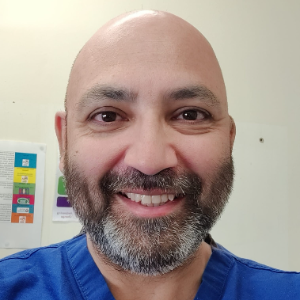HYBRID EVENT: You can participate in person at London, UK or Virtually from your home or work.
Geriatric Orthopedics
Geriatric Orthopedics
Today's geriatric population accounts for 8% of the total population. People will live for centuries in a few years when 80 becomes the new 40. Elderly individuals suffer from a variety of conditions, and fragility fractures present a unique set of issues. The management of geriatric orthopaedic issues presents a variety of complications. Drugs, physiotherapy, and surgery are all ineffective treatment options. A geriatric orthopaedic patient is affected as a whole, rather than individually. In geriatrics, the major goal of orthopaedic treatment is to restore function and independence. It is critical to avoid further worsening and recurrence. It is critical to assess the research agenda for orthopaedic care of older patients at this time.
- Surgery & Rehabilitation
- Limitations
- Patient Care
- Human Therapy
Committee Members

Stephen S Tower
University of Alaska Anchorage, United States
Marcos Brioschi
American Academy of Thermology, United States
Wagih El Masri
Keele University, United Kingdom Ortho 2026 Speakers

Arif Akkok
Lake Erie College of Osteopathic Medicine, United States
Akash Ganguly
Warrington and Halton Hospitals NHS FT, United Kingdom
Sajid Ali
The Dudley Group NHS Foundation Trust, United Kingdom




Title : The UK profemur recall and implant cobaltism
Stephen S Tower, University of Alaska Anchorage, United States
Title : The tomographic phenotype and the genotype of wormain bones
Ali Al Kaissi, National Ilizarov Medical Research Center for Traumatology and Orthopaedics, Russian Federation
Title : New treatment of muscle contracture and joint contracture through muscle regeneration with mitochondrial dynamics
Ki Ji Lee, Busan Medical University, Korea, Republic of
Title : New treatment of sarcopenia through muscle regeneration with mitochondrial dynamics
Ki Ji Lee, Busan Medical University, Korea, Republic of
Title : The prevalence and association of self-reported depression symptoms with musculoskeletal pain and quality of life among pregnant women
Youssef Masharawi, Tel Aviv University, Israel
Title : Bipolar hemiarthroplasty under local anesthesia (2%)
Ketan Karabhai Parmar, Aayush Multispecialty Hospital, India